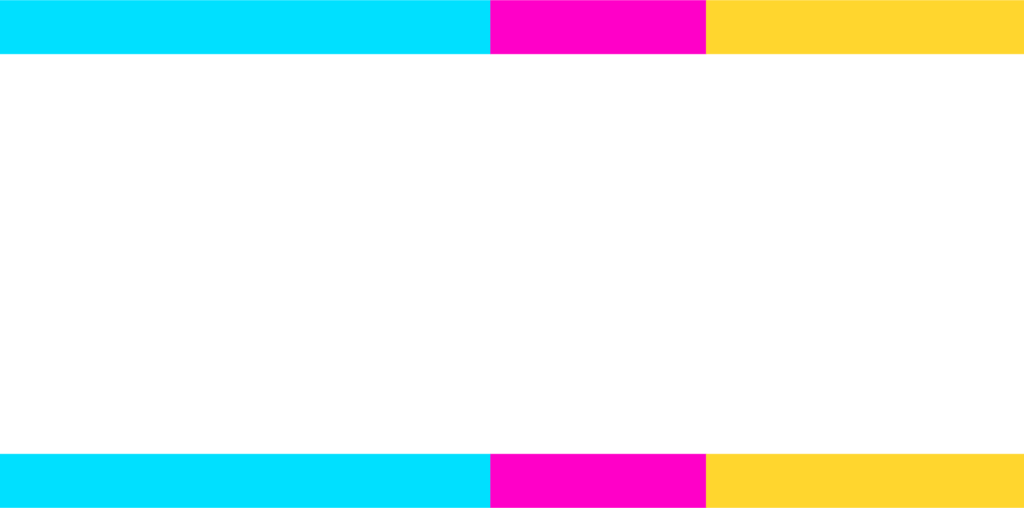Education funding is complicated. It gets even more complex when you throw in jargon. The center’s report uses Idaho-specific funding terms, and we found ourselves often looking for the definitions of those. So, we complied a list of the frequently used phrases and added some explanation.
The definitions come from the Idaho Center for Fiscal Policy, the Idaho Department of Education and the Legislative Services office.
Maintenance and operation funding (M&O): Maintenance and operation expenses include teacher salaries, support staff salaries, utilities, building and equipment repair, grounds keeping, and security.
Supplemental override levy: Provides additional funding to school districts for maintenance and operations. It requires a simple majority vote, and cannot exceed two years. If a supplemental levy has been in place for seven consecutive years, the voters can be asked, again by a simple majority vote, to make it permanent and ongoing. (See Section 33–802 (3), Idaho Code)
M&O property tax levy: This 0.3 percent equalized property tax levy was repealed at the same time the sales tax was increased by 1-cent during the 2006 Extraordinary Legislative session. As a result ‚four school districts (Avery, Blaine, McCall-Donnelly and Swan Valley), are allowed to continue M&O levies because of the substantial loss of funds they would have experienced when the state removed the 3 mils or 0.3 percent M&O property tax levy authority from school districts. (Source: Legislative Services Office)
Budget Stabilization levy (M&O levy remnant): Four school districts (Blaine County, Swan Valley Elementary, Avery, and McCall-Donnelly) have budget stabilization levies. Each of these school districts generated more in M&O property taxes than the statutory formula provided prior to House Bill 1, during the 2006 Extraordinary Legislative session. The Legislature allows these school districts to continue to levy up to the amounts they would have received in FY 2007. (See Section 33–802 (2), Idaho Code)
Charter levy: Levies for Charter districts (Independent District of Boise City, Independent District of Emmett, and Lewiston Independent) are governed by their charters as opposed to Idaho statutes. Charter districts are different than charter schools. Charter schools do not have any taxing authority; therefore, they cannot levy. (Source: Idaho Department of Education)
Unequalized property tax levy: There has been no adjustment made for M&O or supplemental levies for the vastly different relative wealth per student in Idaho’s 115 school districts. According to the Idaho Center for Fiscal Policy, none of the M&O levies after 2006 have been equalized. (Source: Idaho Center for Fiscal Policy)
Equalized property tax levy: There is a mechanism in place to adjust for the property-wealth related disparities in property tax funding capacity across Idaho’s school districts. According to the Idaho Center for Fiscal Policy, most of the M&O levies before 2007 were equalized. (Source: Idaho Center for Fiscal Policy)
Market Value: The valuation of all properties within the boundaries of a school district that is used for tax purposes. This amount includes the year-end adjusted property value (after homeowner exemptions), Rural Electric Association market value equivalent, and the reported Mines Net Profit-Loss value. This market value is used to determine a school district’s eligibility for state school support for the fiscal year. (Source: Idaho Department of Education)


